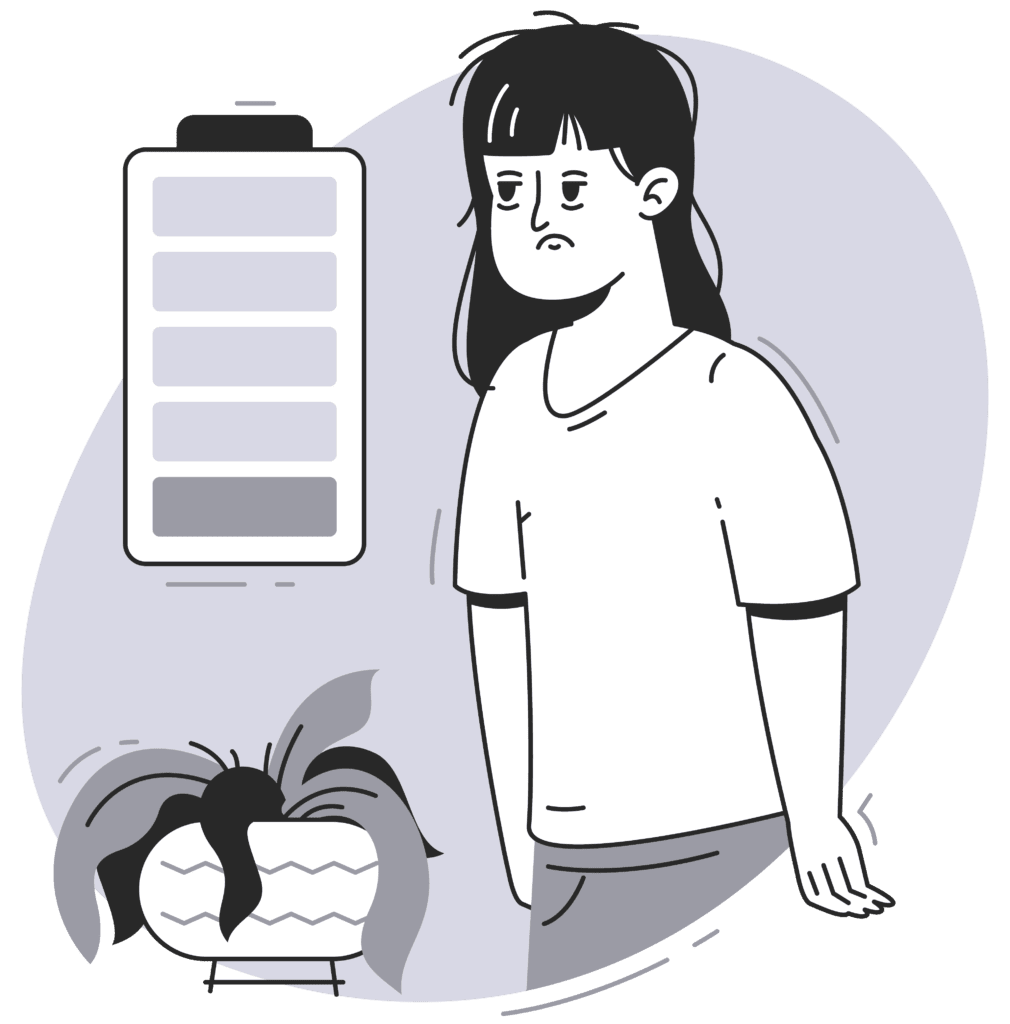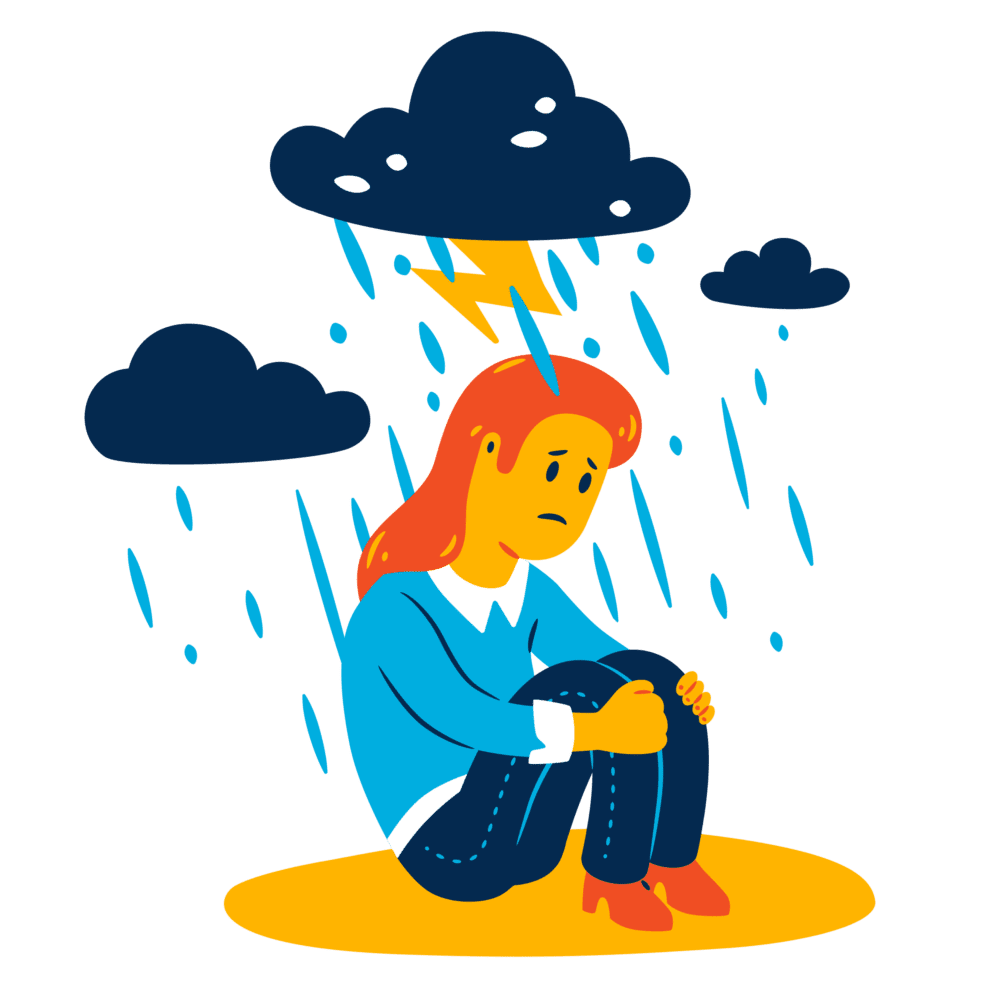Dysthymia, also known as Persistent Depressive Disorder (PDD), is a mental health condition characterized by a chronic, low-level depression that lasts for at least two years in adults and one year in children and adolescents. Despite its pervasive nature, dysthymia often goes unnoticed or undiagnosed, leading to prolonged suffering for those affected. In this article, we will explore the nuances of dysthymia, its symptoms, causes, and available treatments, shedding light on this often-overlooked mental health issue.
Dysthymia differs from major depressive disorder in the intensity and duration of symptoms. While the symptoms of dysthymia are not as severe as those of major depression, they persist for a much longer period, impacting an individual’s daily functioning, relationships, and overall quality of life. People with dysthymia may experience the following symptoms:
- Lack of interest or pleasure in activities
- Persistent sadness or hopelessness
- Low energy or fatigue
- Poor concentration or difficulty making decisions
- Changes in appetite or weight
- Sleep disturbances, either insomnia or excessive sleep
- Feelings of inadequacy or low self-esteem
- Social withdrawal and reduced social activities
- Irritability
- Pessimism about the future

Causes
The exact cause of dysthymia is not fully understood, but it is believed to result from a combination of genetic, biological, environmental, and psychological factors. Individuals with a family history of depression are at a higher risk of developing dysthymia. Additionally, chronic stress, trauma, or early-life adversity can contribute to the onset of this condition.
Recognizing the Symptoms
Dysthymia often masquerades as a persistent sense of dissatisfaction or unhappiness. People with dysthymia may find it challenging to remember a time when they felt truly joyful or content. Common symptoms include a lack of interest in activities, withdrawal from social interactions, feelings of inadequacy, and a general sense of pessimism.
Diagnosis and Treatment
Diagnosing dysthymia can be challenging due to its subtle nature and the tendency for individuals to adapt to their chronic low mood. Mental health professionals rely on thorough assessments, including interviews and questionnaires, to differentiate dysthymia from temporary emotional states. Once diagnosed, treatment options include psychotherapy, medication, or a combination of both. Cognitive-behavioral therapy (CBT) and antidepressant medications, such as selective serotonin reuptake inhibitors (SSRIs), are commonly used to alleviate symptoms and improve overall functioning.
The Importance of Support
Support from friends, family, and mental health professionals plays a crucial role in helping individuals with dysthymia cope with their condition. Creating a supportive environment where individuals feel understood and accepted can significantly improve their outlook and quality of life. It is essential to encourage open conversations about mental health and reduce the stigma associated with seeking help.
Conclusion
Dysthymia, with its persistent and subtle nature, poses a significant challenge to those affected. By increasing awareness about this condition, recognizing its symptoms, and promoting understanding and empathy, we can create a more compassionate society where individuals receive the support and care they need. If you or someone you know is struggling with persistent low mood or other symptoms mentioned in this article, reaching out to a mental health professional can be the first step toward a brighter and more fulfilling life.
Ready to begin? Start your online therapy journey today. Book your first session now.




